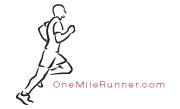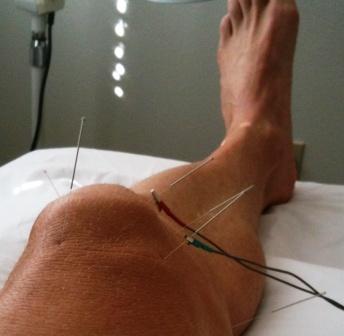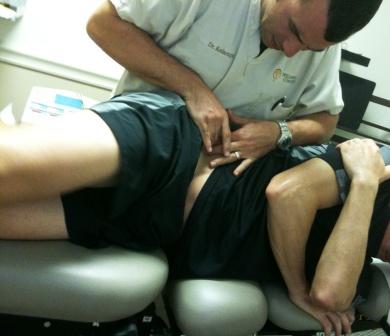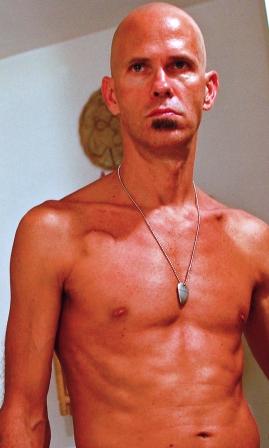By Juan Ruiz-Tagle
Here is the problem…
1. There is an average of 60 % more pressure on the spinal discs when we are sitting than when we are standing.
2. Most people sit between 6 to 8 hours per day (driving, watching TV, using the computer, eating, reading,etc.)
3. Most people sit with poor posture.
4. Most people do not move often enough.
5. Most people lift with their backs and not with their hips and legs.
6. Most people exercise the trunk muscles “core” by doing some type of sit-ups and “supermans”, which puts between 1000 to 1200 pounds of pressure to the spinal discs (Stuart McGill PhD 2006).
7. Most people exercise with machines, isolating muscles and blocking their proprioceptors and most of their stabilizers.
And then, after all this, when people develop spinal problems, such as, bulging disc, herniated disc, spinal stenosis, spondylolisthesis, etc., a common approach is to go from ibuprofen to pain killers and when that doesn’t work, to go from steroids to epidural injection and when that doesn’t work, to go from laminectomy (surgery) to spinal fusion (surgery) and when all that doesn’t work, they are told to get more surgeries and more addictive pills.
Here is a better approach to prevent this from happening:
1. Walk with arm swing at least 20 to 30 minutes everyday (dog walking is OK but it does not count as therapeutic walking).
2. Sit with your spine in neutral (not too slouched nor too arched) and change you posture within a neutral zone every 30 minutes.
3. When lifting, keep your spine in neutral, use your legs (bend your hips, knees and ankles joints) and keep the object close to your center of gravity, in other words your belly button.
4. Floss your sciatic nerves 10 reps 2-4 times per day every day (See post 60).
5. Build neuromuscular endurance by speed walking, opposites (bird dog) exercises, planks (don’ arch your back…keep it in neutral), squats, lunges and balance reach.
6. Avoid exercises that are harmful to the spinal discs such as: sit ups, prone leg raises, superman exercise (lying flat face down and raising both legs and arms up), knee to chest stretches, toe touch stretches and spine twisting stretches and don’t put your self in danger with dumb exercises such as standing on a exercise ball.
7. Eat often and eat a balance diet of protein, complex carbohydrates, vegetables, fruits and clean water.
8. Rest, restore and recover through good night sleep, active rest and therapeutic massage.
9. Be patient. Although you may progressively feel better, it may take six to twelve months before you see results and get better
Please check out more from www.OneMileRunner.com Consultant, Juan Ruiz-Tagle, on his blog at backtofunction.blogspot.com.





